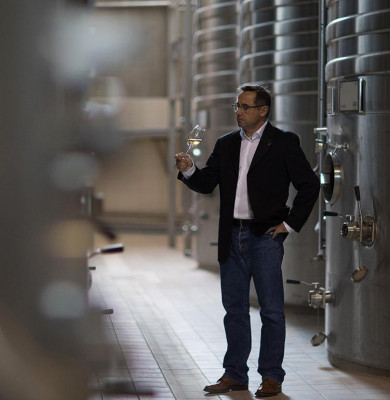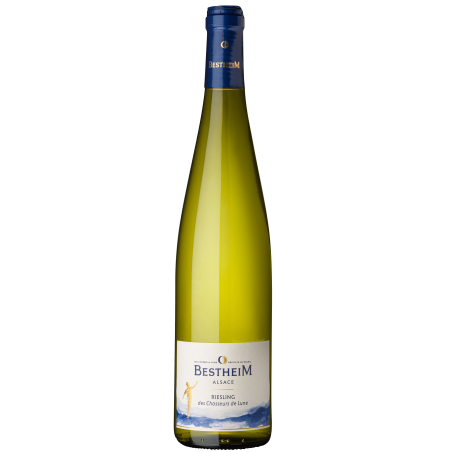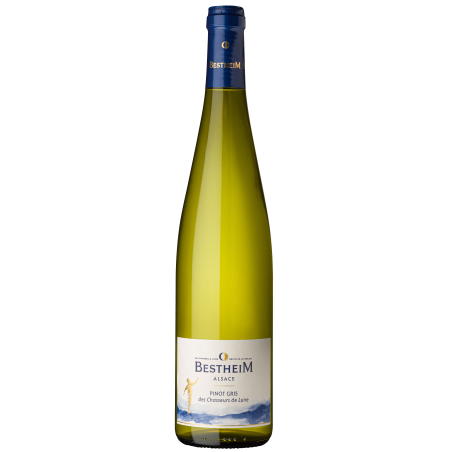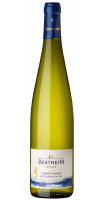
How white wine is made: the stages of vinification
Understanding the crafting process for a wine helps to understand the wine itself, its characteristics, personality, style, etc.
White wines are most often made from white grapes, but grapes with a darker skin, such as Pinot Gris and Gewurztraminer, can also be used. We are going to help you to better understand the steps between the vine and the table.
1. DESTEMMING AND CRUSHING
These stages are optional. Immediately after picking, as soon as the grapes arrive at the winery, the bunches can be placed in a machine designed to separate the grapes from the stalks. This is called destemming or destalking.
The process also bursts each grape open by splitting the skin; this is known as crushing.
2. MACERATION ON SKINS
This stage is not mandatory either. The crushed grapes are placed together in a vat to macerate at a cool temperature for a few hours. This technique allows maximum extraction of aromas from the skins. It is used only for vinification with white grapes. If black grapes were macerated, the juice would darken and you would not get white wine.
3. PRESSING
After picking, the bunches are placed whole into the press. This step consists of pressing the grapes to extract the juice.
It is a highly critical stage. The bunches must not be pressed too strongly or the pips, skins and stems still present could make the juice taste excessively herbaceous and acid. It is also important that the temperature remains below 12°C to prevent alcoholic fermentation from occurring too soon.
Learn more about this stage, and the following one, through pictures in our “Life at the Winery” series.
4. SETTLING
After pressing, the juice obtained (known as the must) is put into a vat. At this stage it is still filled with deposits in the form of suspended solids.
The settling process consists of removing them by:
- centrifugal force (a controversial method as too rough)
- stabilisation, by allowing the deposits to fall naturally to the bottom of the vat and then removing the juice. This is the technique used by Bestheim.
5. ALCOHOLIC FERMENTATION
Alcoholic fermentation is the transformation of the sugars present in the juice into alcohol through the action of yeasts.
Yeasts occur naturally in grapes, but more can be added to boost fermentation. The yeasts only become active between 12°C and 36°C (neither too hot nor too cold), and the process lasts around 10 days.
6. MATURATION
The aim of the maturation stage is to stabilise the wine, remove any youthful defects and help it develop. Maturation can last for several months. There are several types of maturation to achieve the desired result:
- Maturation in steel vats (without malolactic fermentation), with or without ageing on the lees, i.e., with spent yeast and other deposits to add to the wine’s complexity.
- Barrel maturation (with malolactic fermentation), with the wines aged on the lees.
7. BOTTLING
Once the wine is judged to be ready for sale, the time has come to bottle it. All that remains to be done is to remove the wine from the vats and fill the bottles, sealing them with either a cork or a screw cap. After bottling, the wine can be left to age a little longer in its new container (bottle maturation) or be sold immediately.
What a journey it has taken since the moment the grapes were picked in the vineyard! The final stage will be when you enjoy it.



